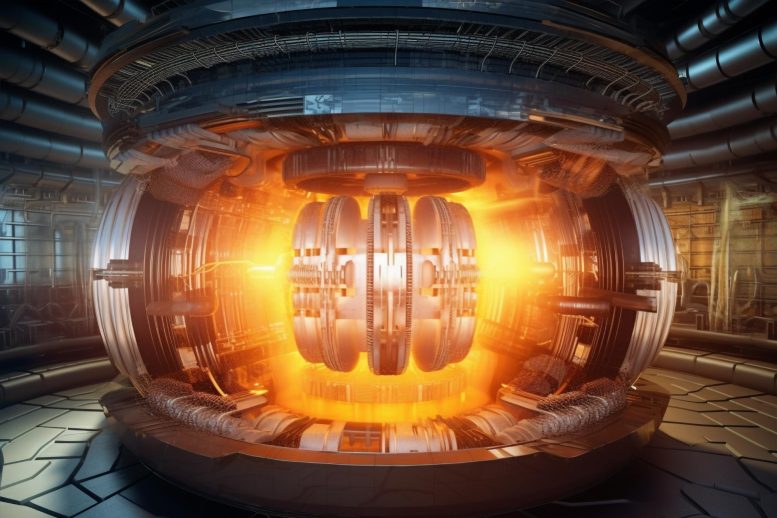
A team of researchers has introduced a method to mitigate damaging runaway electrons in tokamak fusion devices. The strategy harnesses Alfvén waves to disrupt the damaging cycle of runaway electrons. This discovery holds promise for the advancement of fusion energy, with potential implications for the ongoing ITER project in France.
Researchers have utilized Alfvén waves to mitigate runaway electrons in tokamak fusion devices, offering significant implications for future fusion energy projects, including the ITER in France.
Scientists led by Chang Liu of the Princeton Plasma Physics Laboratory (PPPL) have unveiled a promising approach to mitigating damaging runaway electrons created by disruptions in tokamak fusion devices. Key to the approach was harnessing a unique type of plasma wave that bears the name of astrophysicist Hannes Alfvén, a 1970 Nobel laureate.
Alfvén waves have long been known to loosen the confinement of high-energy particles in tokamak reactors, allowing some to escape and reducing the efficiency of the doughnut-shaped devices. However, the new findings by Chang Liu and researchers at General Atomics, Columbia University, and PPPL uncovered beneficial results in the case of runaway electrons.
Remarkable Circular Process
The scientists found that such loosening can diffuse or scatter high-energy electrons before they can grow into avalanches that damage tokamak components. This process was determined to be remarkably circular: The runaways create instabilities that give rise to Alfvén waves that keep the avalanche from forming.
“These discoveries provide a comprehensive explanation for the direct observation of Alfvén waves in disruption experiments,” said Liu, a staff researcher at PPPL and lead author of a paper that details the results in Physical Review Letters. “The findings establish a distinct link between these modes and the generation of runaway electrons.”
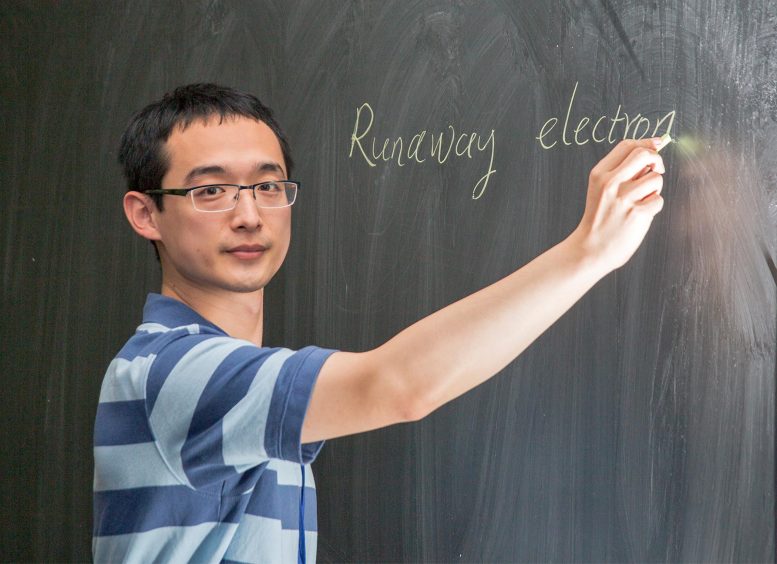
Chang Liu. Credit: Elle Starkman
Researchers derived a theory for the remarkable circularity of these interactions. The results aligned well with runaways in experiments on the DIII-D National Fusion Facility, a DOE tokamak that General Atomics operates for the Office of Science. Tests of the theory also proved positive on the Summit supercomputer at Oak Ridge National Laboratory.
“Chang Liu’s work shows that the runaway electron population size can be controlled by instabilities driven by the runaway electrons themselves,” said Felix Parra Diaz, head of the Theory Department at PPPL. “His research is very exciting because it might lead to tokamak designs that naturally mitigate runaway electron damage through inherent instabilities.”
Thermal Quenches
Disruptions start with sharp drops in the million-degree temperatures required for fusion reactions. These drops, called “thermal quenches,” release avalanches of runaways similar to earthquake-produced landslides. “Controlling disruptions stands as a paramount challenge to the success of tokamaks,” Liu said.
Fusion reactions combine light elements in the form of plasma — the hot, charged state of matter composed of free electrons and atomic nuclei called ions — to release the vast energy that powers the sun and stars. Mitigating the risk of disruptions and runaway electrons would thus provide a singular benefit for tokamak facilities designed to reproduce the process.
Mitigating the risk of disruptions and runaway electrons would thus provide a singular benefit for tokamak facilities designed to reproduce the process.
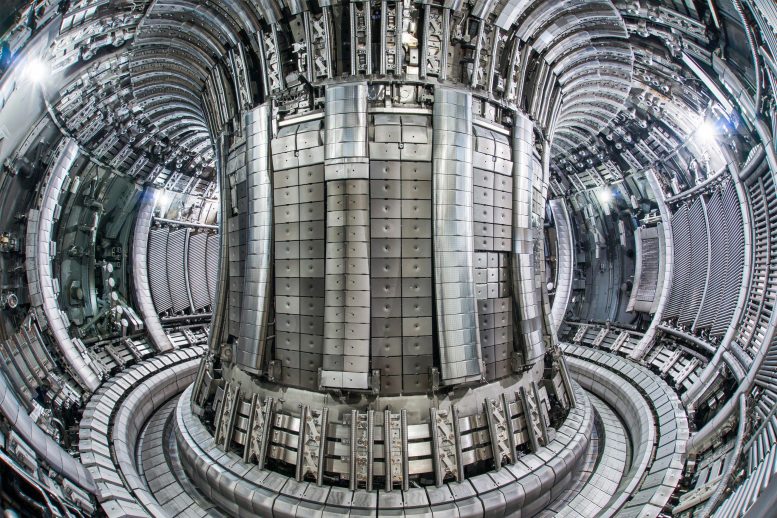
Nuclear fusion energy could be a pivotal sustainable energy source to complement renewables. The world’s largest fusion experiment, ITER, is being built in France. Credit: ITER Organization
The new approach could have implications for the advancement of ITER, the international tokamak under construction in France to demonstrate the practicality of fusion energy and could mark a key step in the development of fusion power plants.
“Our findings set the stage for creating fresh strategies to mitigate runaway electrons,” Liu said. Now in the planning stage are experimental campaigns in which all three research centers aim to further develop the striking runaway findings.

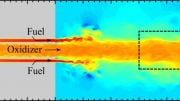
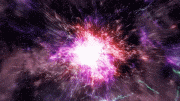



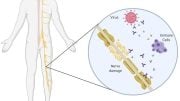

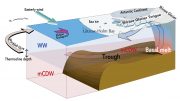
Keep trying. Even if the direction is wrong, there will still be scenery along the way.
Isn’t it ironic that we’ve been treated to headlines like this almost every day to 50 years now and still no fusion reaction every instigated by man has ever produce a quantity of energy worth even a millionth of the cost of the device that generated it? I am not exaggerating in the slightest!
There are 1000s of problems to solve with fusion, the biggest of all is the lack of fuel. The only reaction that has no fuel issues is the DD reaction since Deuterium is super plentiful, but most scientists working in the field want to use fuels that simply don’t exist and will have to be made, usually tritium in the DT reaction or helium 3 in the DH reaction. They want to avoid DD because it requires much higher temperatures than DT or DH and also produces far less energy output.
These T or H3 nuclei will need to be bred. In the case of tritium, for every neutron that is produced by the DT reaction that releases energy, said neutron is then tasked with creating a new tritium atom to replace the one that was used to make the said neutron. Conventionally this is a Ponzi scheme because the gains are always less than one. There is a glimmer of hope since a Beryllium blanket could release 2 tritium for each neutron produced by each DT fusion. This sounds like a chain reaction just like in fission, but the problem is there are so many more system losses that will cancel the 2x gain.
According to Dr Daniel Jassby, only 1% of the tritium released into the plasma will fuse with deuterium, the rest will be lost and will have to be recovered. Even if the fusion does take place, the released neutron is not likely to even hit the blanket wall and emit 1 or 2 new tritium. If any tritium is created in the blanket, that has to be captured along with the tritium that was already lost. Its like a pyramid built on shifting sand and every level has more sand. Its a house of cards.
Then there is the problem that these more desirable reaction don’t have pure paths, there are side reactions that always produce neutrons. And neutrons that hit the wall will irradiate the containment vessel requiring it to be replaced frequently.
Its looking like fusion is a fools errand and will consume 100s time more resources than fission ever could. For my money I pick Molten Salt Reactors.
Oh the irony, Molten Salt such as Flibe which contains lithium and beryllium has been suggested as a blanket material for creating tritium too in some fusion designs such as first light.
Fantastic read. I learned a lot reading your comment that I didn’t realize before. Kudos.
What’s with the chalkboard photo? No equations just an idiotic smiling doof.
Amazing geniuses working on this. Maybe AI will be needed in order to keep the plasma stable. If only our politicians were as fruitful as our scientists we could really get somewhere.
Lithium 6 can absorb thermal neutrons and yield tritium H3 and helium H4
Yep,but I think fusion will never be perfected in our lifetimes.
You see the Sun is not just a giant fusion reactor, something more is going on inside it that keeps it’s fusion going for billions of years something scientists haven’t figured out yet.
Some other process is going on in it’s core keeping the fusion process stable and continuous!!!
That photo is of JET, not ITER 😉
It would seem to be much more feasible to additively couple the spin states of the electrons to produce gravitons; even as inefficient as that process would be, rather than to use an extremely inefficient magnetic field to confine the plasma, because it has absolutely no effect whatsoever on uncharged nucleons.